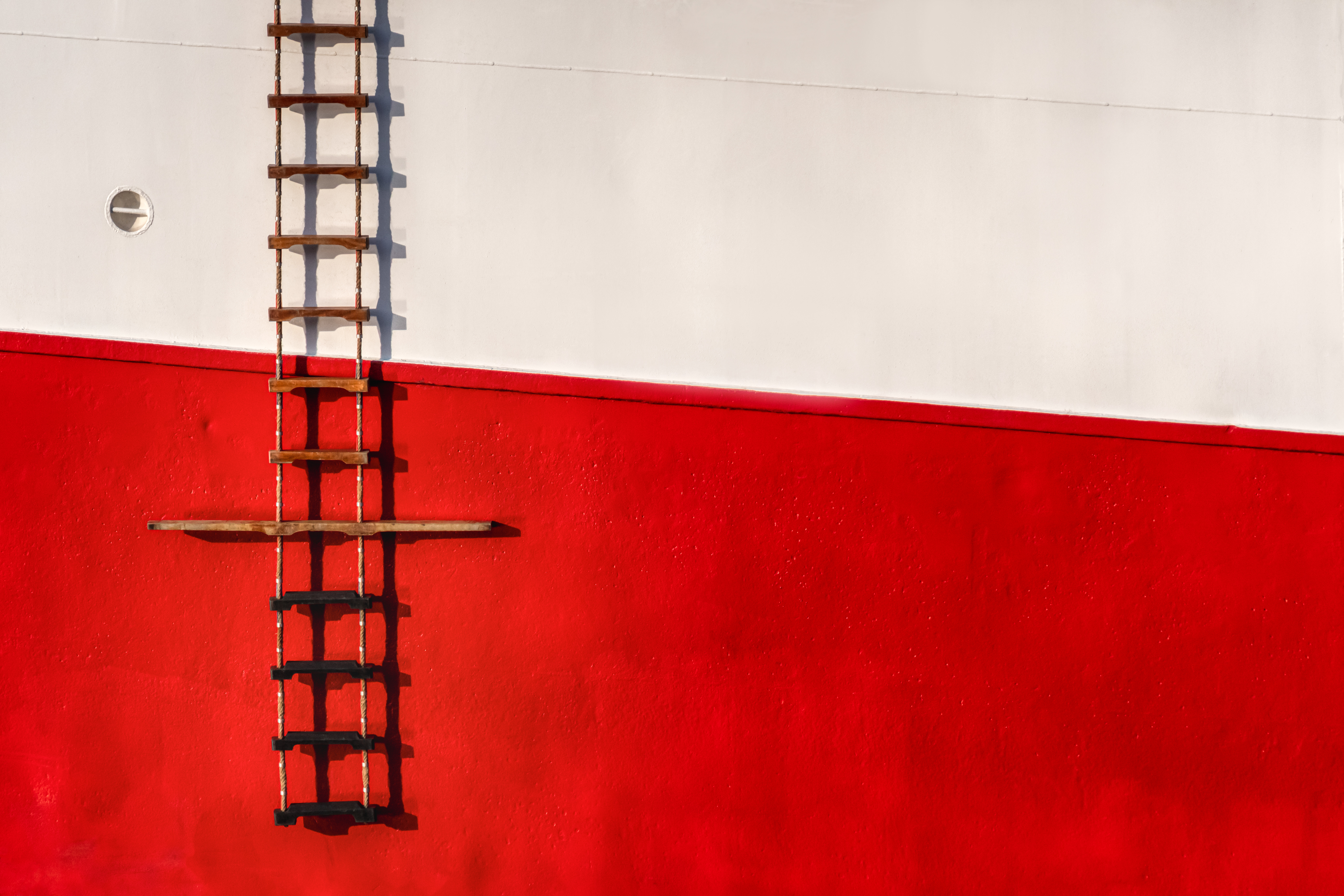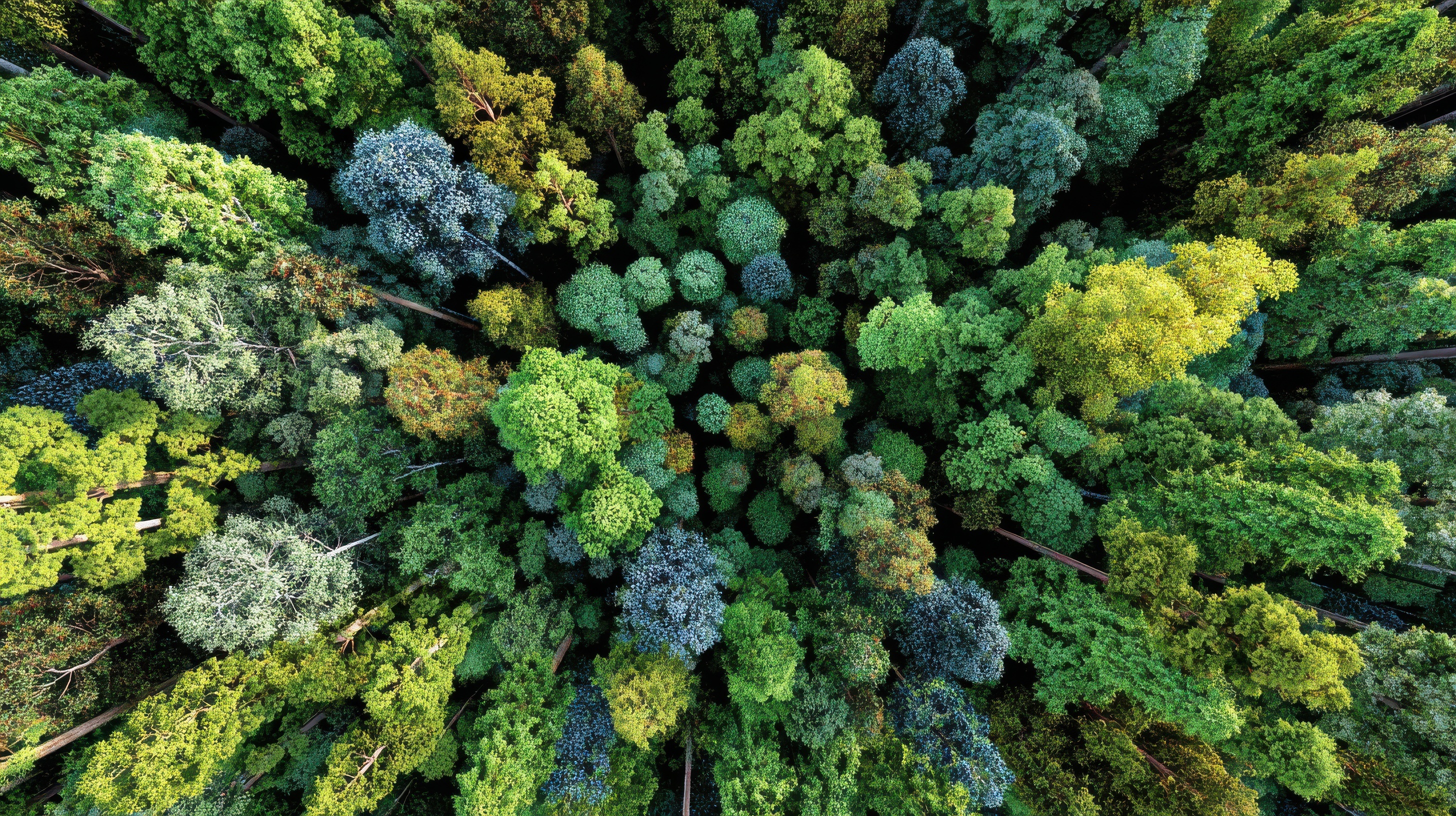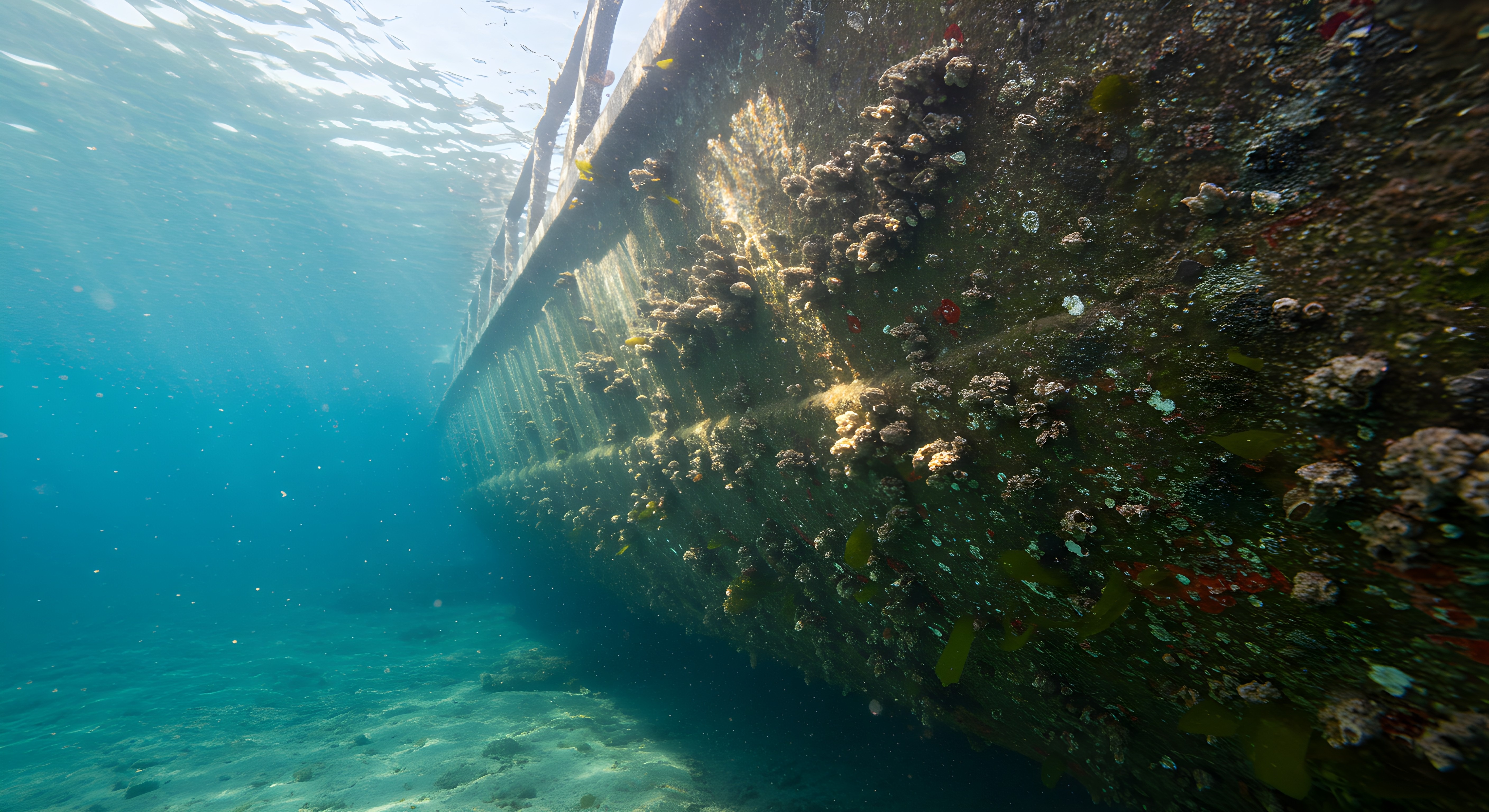
Offshore wind farms in the U.S.
Wind energy is quickly emerging as an important component of our future energy mix.
The U.S. is an ideal place for wind energy given its extensive coastlines with high population density driving energy demand. With the increase in the planning and building of offshore wind farms, both fixed-bottom and floating in U.S. waters, the demand for vessels to construct and maintain these installations is growing. However, compared to other countries, such as Europe, the U.S. has fallen behind in the construction of these offshore wind farms due to the uncertainty surrounding the regulatory process. Limitations stemming from the Jones Act have only allowed, up to now, two offshore wind projects operating in the United States: (1) Block Island, Rhode Island coast, which generates about 30 MW (Megawatt) to power 17,000 homes1 and (2) Virginia Beach, Virginia coast, which generates 12 MW to power about 3,0002 households. Just recently, the U.S. government announced approval of the construction and operation of the Vineyard Wind project, which will be the first large-scale, offshore wind farm in U.S. waters. The wind farm is expected to generate 800-MW, which would provide power for 400,000 homes and businesses.3
Two types of offshore wind farm
An offshore wind farm consists of several wind turbines installed out at sea, from 3 to 25 nautical miles from the coastline. There are two types of offshore wind farms: a fixed offshore wind farm and a floating offshore wind farm. For a fixed offshore wind farm, the turbines are secured to the sea floor with fixed bottom foundations, which could be either a monopile (steel cylinder), a gravity (concrete caisson) type foundation or a jacket (lattice framework with 3 or 4 legs that are anchored to the bottom) type foundation. For waters beyond 50 meters, floating offshore wind farms are also secured to the sea floor but via mooring lines and anchoring systems with the use of a buoyant platform, such as a spar-buoy, a tension leg platform or a semi-submersible.4 Electricity produced by offshore wind turbines travels back to land through a series of cable systems that are buried in the sea floor. This electricity is channeled through coastal load centers and then distributed to the electrical grid to power homes and businesses.5
It is not only fixed bottom offshore winds farms, but floating offshore wind farms are also in line for project approvals. Floating offshore wind turbines have an advantage over fixed bottom. Fixed bottom foundations are limited to certain water depths, whereas floating platforms can be placed further out at sea, taking advantage of the higher wind speeds.6 The National Renewable Energy Laboratory conducted a study finding “that areas off the West Coast and Hawaii have the potential of generating more than 1½ trillion watts of energy.” For California, given the depth of the ocean waters off its coastline, the wind farms will likely use the floating wind platforms.7 The basic principle for both anchored and floating type wind turbines are similar; however the floating structure facilitates the installation of turbines in significantly deeper waters thereby taking advantage of stronger and more consistent winds. An additional benefit of floating platforms is the ease of installation as they do not require the construction of a solid base foundation on the seabed.
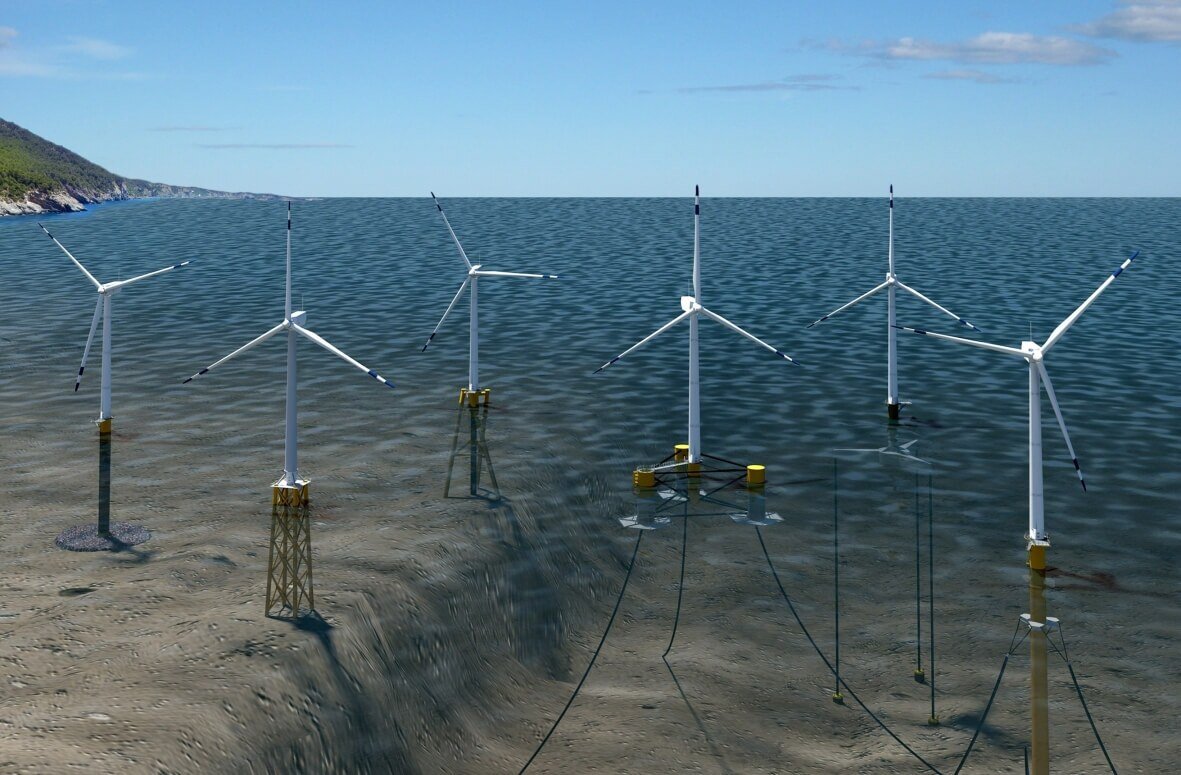
Illustration by Josh Bauer/NREL

Installation of a wind turbine out in the open ocean does not come without its challenges. This has led to the production of specialised built vessels, equipment and construction techniques. The wind turbine itself is fabricated on shore and is assembled at sea. The turbine is constructed in separate sections, which include the following main components: the base (seat), tower sections, nacelle (which holds the generator) and the turbine blades. Once the construction of the turbine has been completed, the assembly begins.8 The greatest challenge to the installation process is providing a stable environment while elevating and securing the turbine in place, which could be over 590 feet high.9 A specialized vessel known as a Wind Turbine Installation Vessel (WTIV) is a self-propelled, self-elevating vessel. It is designed to jack itself out of the water to provide a stable platform where precision lifting with the on-board crane can be carried out. The WTIV has the capability of lifting the base foundations and the tower itself. Throughout the installation process, additional support vessels are needed to transport components, equipment and crew back and forth from a U.S. port to the farm site with the use of various types of vessels, such as crew transport vessels (CTV), supply vessels and feeder vessels. Once the installation has been completed, the turbines require service and maintenance which is carried out by a Service Operation Vessel, (SOV).10
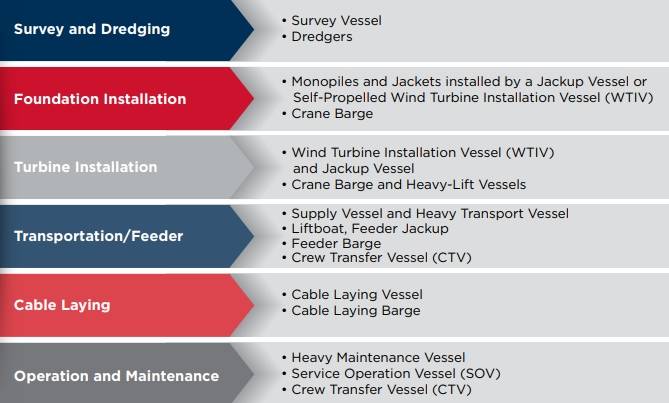
Vessels Needed to Support Offshore Wind Farm Life Cycle/Credit: ABS
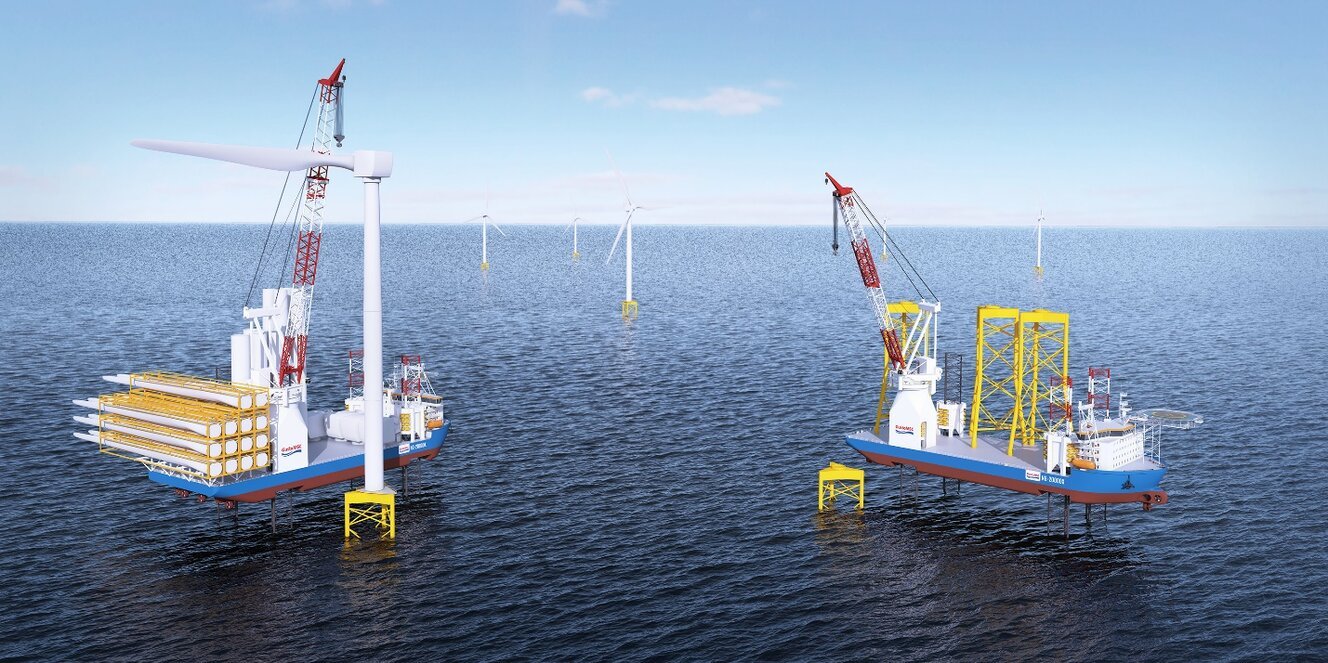
Regulatory compliance
Uncertainty around the regulatory compliance for the offshore wind industry has delayed U.S. projects and slowed construction in specialized vessels, which are necessary for wind farm development. The specialized ships necessary to complete these tasks currently exist in the foreign fleet but only a small number operate under the U.S. flag, thus raising questions and concerns with compliance with the U.S. Jones Act.11 Under 46 U.S.C. §5510212 foreign flag vessels are prohibited from transporting merchandise between two U.S. points. In general, a coastwise-qualified vessel must be U.S. built, owned, and documented with a coastwise endorsement.13 As such, the Jones Act has created a regulatory barrier in advancing the future of the U.S. offshore wind industry.
This year alone, U.S. Customs and Border Protection (CBP) has issued three rulings relating to the offshore wind farms.
The first ruling dated January 27, 2021, CBP recognized that the Jones Act applies to offshore wind installations on the outer Continental Shelf (OCS). The ruling stated that under the Outer Continental Shelf Lands Act of 1953 (OCSLA) , U.S. law extends to “the subsoil and seabed of the outer Continental Shelf” as well as “installations and other devices permanently or temporarily attached to the seabed, which may be erected thereon for the purpose of exploring for, developing, or producing resources, including non-mineral energy resources.” CBP further went on to rule that an undeveloped (i.e., “pristine”) seabed of the OCS is considered a U.S. point therefore transportation of scour protection by a foreign flag vessel from a U.S. port to the pristine site would be in violation of the Jones Act.14
In the second ruling dated February 4, 2021, CBP re-stated the change to OCSLA and affirmed that the Jones Act would apply to aspects of the construction of offshore wind installations. Therefore, a Jack Up vessel affixed to the seafloor for the purposes of installing Wind Turbine Generator (WTG) units would be considered a U.S. coastwise point. CBP confirmed that “the installation of WTG units by the Jack Up Vessel attached to the seabed of the OCS would not be in violation of 46 U.S.C. § 55102 because the foreign-flagged Jack Up vessel would remain completely stationary during the installation process.”15
In the third and most recent ruling, dated March 25, 2021, CBP amended the January 27th ruling and clarified that the Jones Act does not apply to the pristine seabed. Since the pristine seabed is not considered a U.S. point, the Jones Act does not apply, allowing foreign flag vessels to carry out for purposes of the offshore wind construction, scour protection rocks. CPB reiterated the scour rock is considered merchandise in relation to the Jones Act, since Title 46, United States Code § 55102(a)(2) provides that “the term ‘merchandise’ includes valueless material.” CBP went on further to say that once scour rock or foundation material is placed on the pristine site, it now becomes a U.S. point. Thus, any subsequent dumping of rock on that particular site will have to carried out by a Jones Act compliant vessel if loaded from a U.S. port.16
Summary
To recap the significant CBP rulings, the Jones Act extends to wind installations on the OCS, classifying them as a U.S. point. Therefore, transporting of the components, supplies and passengers from a U.S. point to the wind installation site will have to be carried out on a Jones Act compliant vessel. In addition, an installation vessel, such as a WTIV, can be a foreign flag vessel, since it remains stationary while undertaking placement of the foundation and the tower.
Despite the regulatory obstacles facing the U.S. offshore wind energy industry, a market for new construction of Jones Act compliant vessels has begun. Recently, ABS has announced that they will class the first Jones Act compliant WTIV, which is under construction at Keppel Amfels for Dominion Energy17 and class the first Jones Act compliant SOV, which is to be built at Edison Chouest for Ørsted and Eversource.18 These vessels will join the first ABS-classed crew transfer vessel (CTV) , Windserve Odyssey, which supports the U.S. East Coast wind farm projects for Ørsted. With the increase in U.S. offshore wind farm projects coming online, the need for U.S. Flag vessels grows, which could revitalize the U.S. shipbuilding industry.
-------------------------
https://www.energy.gov/eere/wind/offshore-wind-research-and-development2Coastal Virginia Offshore Wind Project (CVOW) | Bureau of Ocean Energy Management (boem.gov)
https://www.boem.gov/renewable-energy/state-activities/coastal-virginia-offshore-wind-project-cvow3Biden-Harris Administration Approves First Major Offshore Wind Project in U.S. Waters | U.S. Department of the Interior (doi.gov)
https://www.doi.gov/pressreleases/biden-harris-administration-approves-first-major-offshore-wind-project-us-waters4Comparing offshore wind turbine foundations (windpowerengineering.com)
https://www.windpowerengineering.com/comparing-offshore-wind-turbine-foundations/5Top 10 Things You Didn’t Know About Offshore Wind Energy | Department of Energy
https://www.energy.gov/eere/wind/articles/top-10-things-you-didnt-know-about-offshore-wind-energy6The Winds Of Change Are Blowing Further Offshore – With Floating Turbines (forbes.com)
https://www.forbes.com/sites/mitsubishiheavyindustries/2020/12/08/the-winds-of-change-are-blowing-further-offshore--with-floating-turbines/?sh=4b73cde4d1637Offshore Renewable Energy (ca.gov)
https://www.energy.ca.gov/programs-and-topics/topics/renewable-energy/offshore-renewable-energy8Offshore Wind 101 - NYSERDA
https://www.nyserda.ny.gov/All-Programs/Programs/Offshore-Wind/About-Offshore-Wind/Offshore-Wind-1019Offshore Wind 101 - NYSERDA
https://www.nyserda.ny.gov/All-Programs/Programs/Offshore-Wind/About-Offshore-Wind/Offshore-Wind-10110Drill Down Issue #16 (uscg.mil)
https://www.dco.uscg.mil/OCSNCOE/Renewable-Energy/Support-Vessels/12[USC02] 46 USC Ch. 551: COASTWISE TRADE (house.gov)
https://uscode.house.gov/view.xhtml?req=granuleid%3AUSC-prelim-title46-chapter551&edition=prelim13Jones Act Informed Compliance Publication - September 2020 (cbp.gov)
https://www.cbp.gov/sites/default/files/assets/documents/2020-Oct/Jones-Act-Informed-Compliance-Publication-September-2020.pdf14CROSS Customs Rulings Online Search System (cbp.gov)


